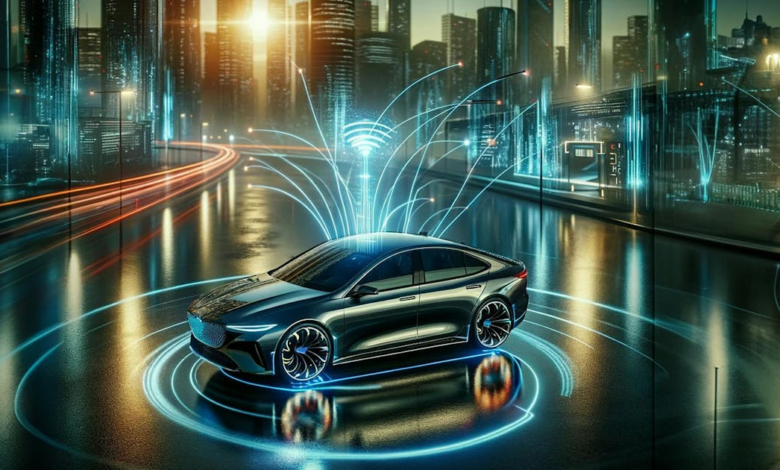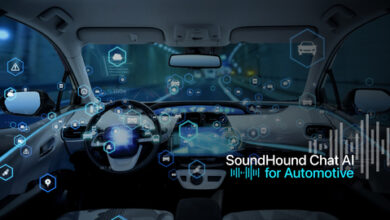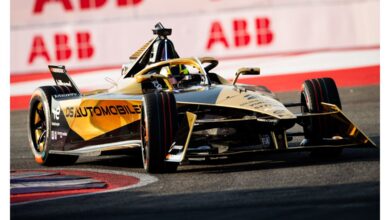Revolutionizing Vehicle Safety: The Role of UWB in Modern Automobiles

What you’ll learn:
- The transformative role of UWB technology in the automotive industry.
- How it enhances applications like vehicle occupancy detection, keyless entry systems, and road safety.
- The integration of UWB into automobiles.
In the ever-evolving landscape of automotive technology, ultra-wideband (UWB) stands out as a beacon of innovation, particularly in the domain of vehicle occupancy detection. This cutting-edge technology, known for its low-power wireless capabilities, is now paving the way for advanced safety measures and convenience in vehicles.
Technology continually enhances our daily lives, but for it to be truly effective, it must be straightforward, secure, reliable, and trustworthy. Radio-frequency (RF) technologies like Wi-Fi and Bluetooth have significantly improved connectivity in our homes and businesses. However, UWB emerges as a secure, reliable, and trustworthy RF technology with a unique capability to enhance our lives.
While UWB’s applications are vast, this article will focus on its critical role in lifesaving vehicle applications, offering a glimpse into the future of safer and more interconnected driving.
UWB: A Multifaceted Technology in Automotive Innovation
The automotive industry is rapidly integrating new technologies to improve safety, security, and the overall consumer experience. Addressing traffic safety, technology has evolved from standalone vehicle systems, like radar and cameras, to connected-vehicle technologies requiring standardization across manufacturers.
This shift toward vehicle-to-everything (V2X) communications opens the door for UWB technology, combining precise positioning, secure identification, and ultra-low latency to enhance advanced driver-assistance systems (ADAS), and connected and autonomous vehicles (CAVs).
One of the critical applications of UWB in automobiles is its ability to detect occupancy, especially in situations that could lead to life-threatening scenarios, such as a child being left unattended in a hot car (Fig. 1). UWB leverages the unique property of channel impulse response (CIR) to distinguish whether a seat is occupied.



